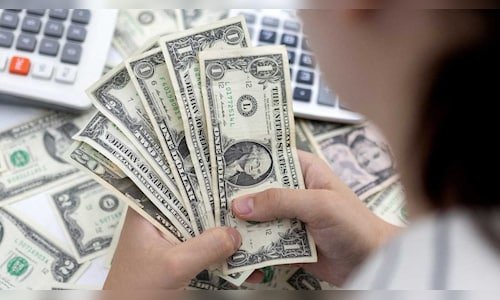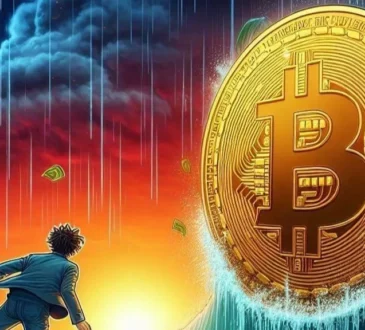Agustín Carstens, the general manager of the Bank for International Settlements, said he does not see a threat to the US dollar as the international currency. “I believe that the US Dollar will prevail as the main currency in the international financial system,” Carstens told CNBC-TV18 during an exclusive interaction.
Carstens’ statement adds to the growing debate around de-dollarisation, which aims to dislodge the US dollar as the main global reserve currency.
De-dollarisation saga
De-dollarisation started gaining traction in the aftermath of Russia’s attack on Ukraine in February 2022, when sanctions cut Moscow off from the global financial system.
De-dollarisation is also being seen as a de-risking strategy by emerging economies, who fear that the hegemony of a strong Dollar can harm their economies. A 2023 IMF study shows that a 10% rise in the dollar would drag real gross domestic product in emerging economies by 1.9% after one year.
Several political leaders have joined the de-dollarisation bandwagon. They range from Russia’s Vladimir Putin, who has vowed to phase out the greenback for payments, to Brazil’s Lula De Silva, who wants countries to trade in their own currencies.
Also Read: US dollar may weaken if Donald Trump becomes President — that may be good for India
India too has sought to internationalise the Rupee, allowing over 20 countries to pay in the Indian currency. There were also talks of a common currency for BRICS members – Brazil, Russia, India, China & South Africa. But that idea has been put on the back burner.
De-dollarisation: China’s anti-US move?
The Chinese yuan has been the biggest beneficiary of the de-dollarisation push. Post the 2022 sanctions, Russia began shifting its foreign currency holdings to the Chinese yuan. But it is Moscow’s growing energy trade with Beijing, which has helped Yuan emerge as a global currency.
As per China’s State Administration of Foreign Exchange, 53% of China’s inbound and outbound transactions in July used the Chinese currency. This figure stood at less than 40% in 2021 and at a mere 1% in 2010.
The Chinese Yuan has become the fourth-most traded global currency, surpassing the Japanese yen in November 2023. But in percentage terms, this translated to just 4.69% in July.
Also Read: Explained – How unwinding of the popular ‘carry trade’ has spooked global markets
China’s currency is far from displacing the US dollar as the world’s reserve currency. In fact, the yuan is just about 2.5% of the world’s total foreign reserves holdings.
But as the world’s biggest trader, China has been pushing for the yuan as an alternative to gain more leverage in international trade. Amid growing tensions with the US, reports suggest that de-dollarisation could be China’s tactic of de-weaponising the US Dollar to avoid a Russia-like situation in the future.
US Dollar is safe for now
Despite China’s continuing attempts to internationalise the yuan, the dollar will continue to remain the global currency. Two numbers make it clear that the US dollar is here to stay.
1) The greenback constituted over 47% of the global payments in July, massively outstripping the yuan.
2) It also holds 58% of the value of foreign reserve holdings worldwide.
A recent JPMorgan report has called de-dollarisation risks “exaggerated”, noting that the greenback’s role is supported by “deep and liquid capital markets, rule of law and predictable legal systems, commitment to a free-floating regime, and smooth functioning of the financial system…”
Also Read: India’s new finance hub in Gujarat eyes real-time dollar settlement by 2025
The report also notes that it will take several decades before people start losing their confidence in the US dollar’s global dominance.
Carstens, the head of the central bank of all central banks, has the final word on de-dollarisation. “At the international level, there is no more credible and reliable currency than the US dollar.”




